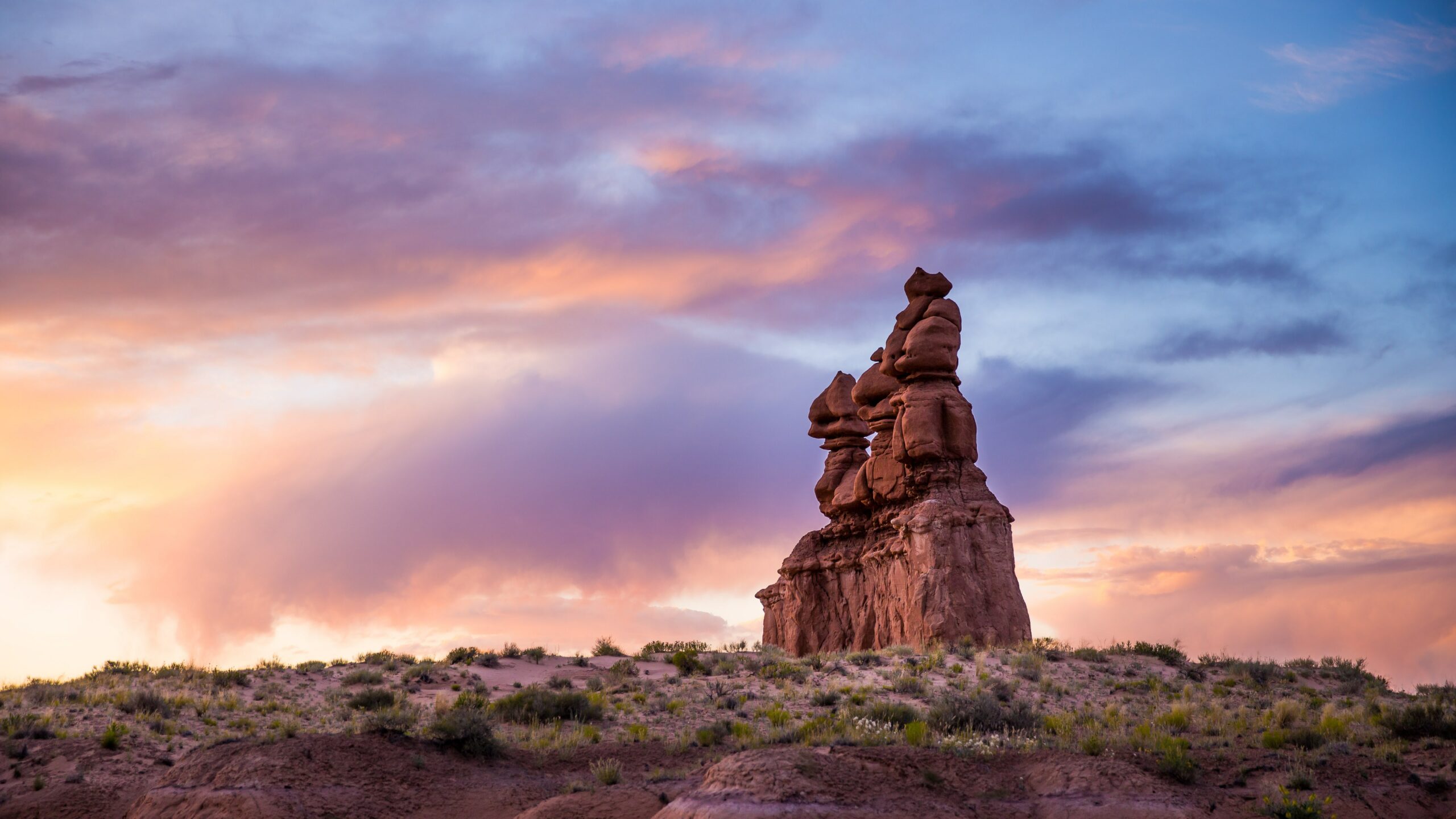
Utah’s natural resources: Our competitive advantage

Photo by Kai Gradert | Unsplash
Utah is blessed with abundant natural resources, many of which have played a critical role in shaping our economy. From minerals, oil and gas to renewable resources like wind and solar power, natural resources have helped fuel the growth of numerous industries, generating jobs and economic activity for the state. These resources place us among a few comparable states and serve as a competitive advantage.
Some of Utah’s most significant natural resources are mineral assets, specifically rare earth minerals. Growing competition and confrontation with China place our mineral makeup in an increasing national security and economic spotlight. Locally, these minerals have driven the growth of Utah’s mining industry, employing thousands of people and generating billions of dollars in revenue each year. Additionally, the mining industry supports a range of other businesses, from equipment suppliers to transportation and logistics companies.
Oil and gas deposits are another critical resource for Utah. They support our thriving energy sector, which includes companies involved in exploration, production, refining and distribution.
Using our natural resources does not have to result in exploited land or hesitancy in transitioning to cleaner and greener energy. To underscore this, the Salt Lake Chamber organized a coalition of business and community leaders to create the new “Business Vision for Utah’s Energy Future.” The energy sector is vital to our economy; we must transition responsibly.
This transition will strengthen Utah’s competitive advantage because we have already developed significant renewable energy resources. We have invested in excellent wind and solar resources, and the new hydrogen project in Delta, Utah, will be the largest in the world. Utah is one of the cutting-edge leaders in green energy promotion and adoption. This is happening due to customer desires, market demands and energy companies wanting to diversify the ways and means of energy creation and storage.
Beyond energy, water is Utah’s number one natural resource constraint to continued growth. This past winter brought much-needed water to our mountains and reservoirs, but our challenges are not over. The business community has championed slowing the flow, taking the Water Champion H2Oath and supporting legislative efforts to extend and preserve our water resources in this high mountain desert we call home.
In addition, as air quality impacts our health and quality of life, the Chamber hosts the Clear the Air Challenge every July. The Challenge, a partnership between the Salt Lake Chamber, Utah Clean Air Partnership and UDOT’s TravelWise program, encourages friendly competition among individuals and businesses to see who can reduce the most emissions to help our air quality. Trip chaining, riding public transportation and working from home are just some of the efforts we can take to help keep our air cleaner for everyone.
These abundant natural resources are often taken for granted, but they are pivotal to Utah’s economic prosperity, providing the raw materials and energy needed to support numerous industries. The state’s natural resources have helped to create a diverse economy that includes mining, energy, agriculture, tourism and many other sectors. By leveraging these resources, Utah has attracted businesses from around the world and created an environment conducive to economic growth and innovation.
As Utah continues to evolve, maintaining a balanced approach to resource management will be critical to maximizing these resources’ benefits while minimizing their environmental impact. ![]()





